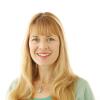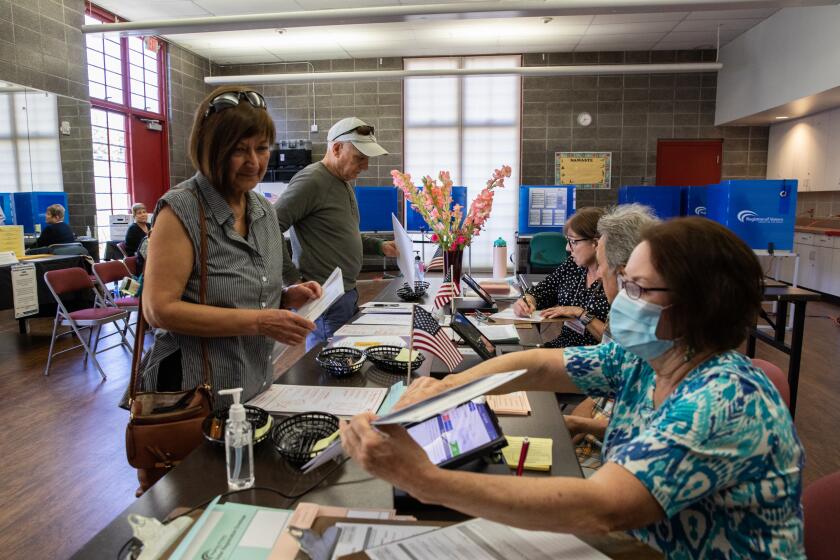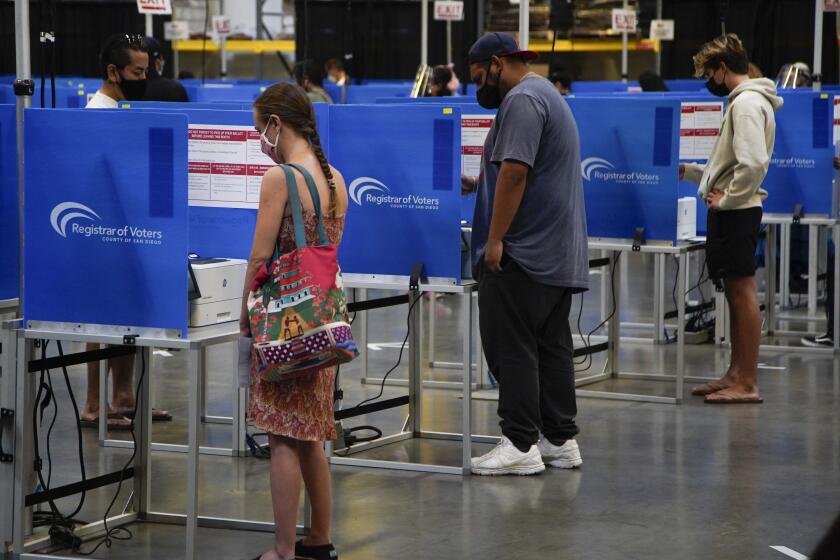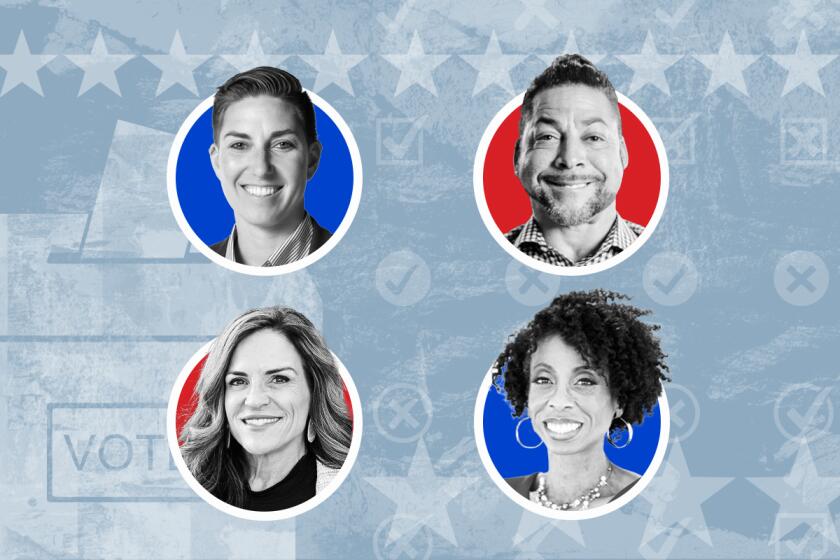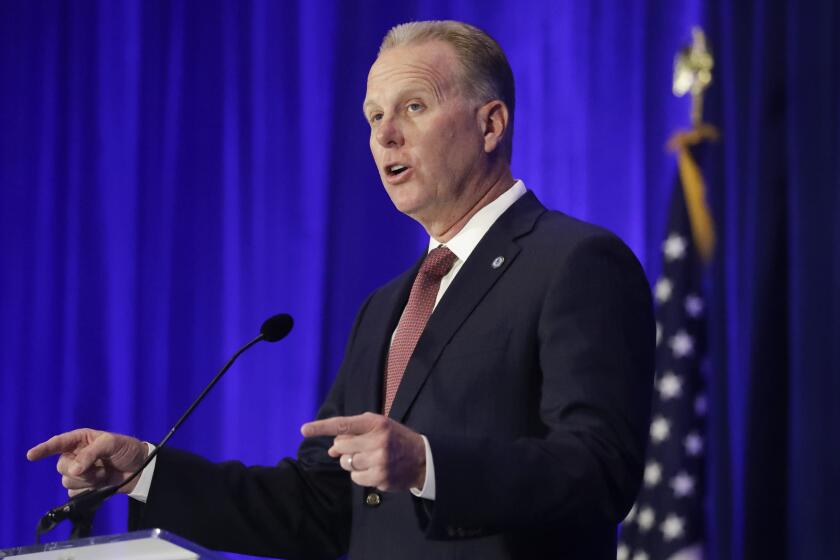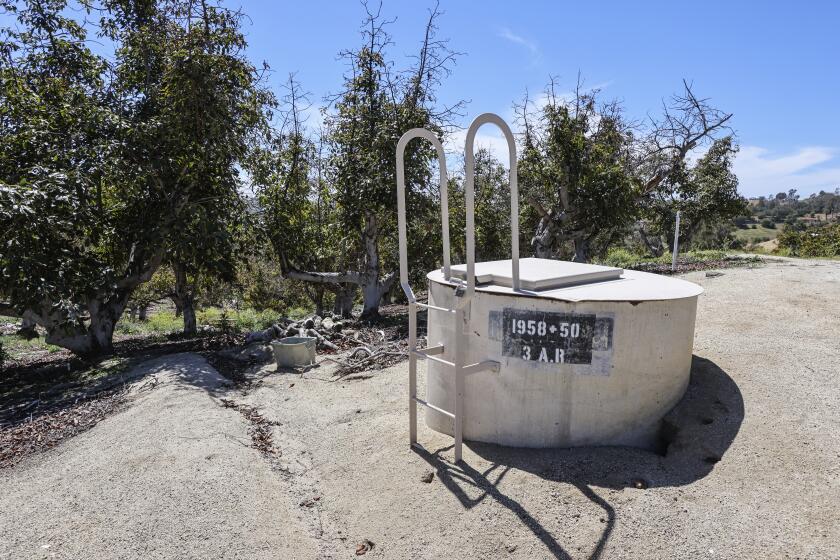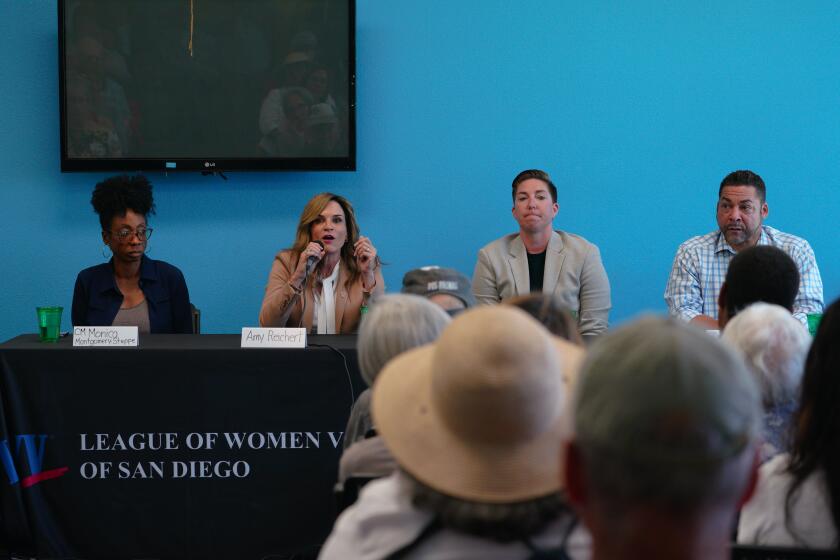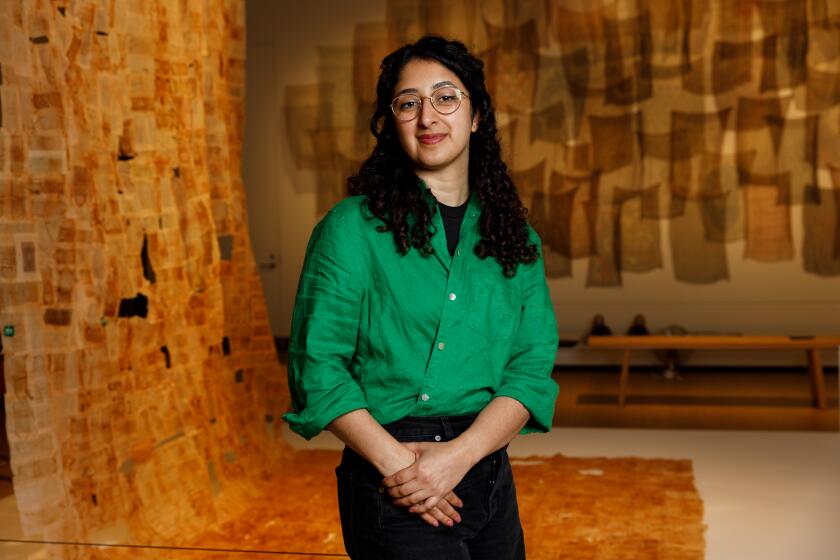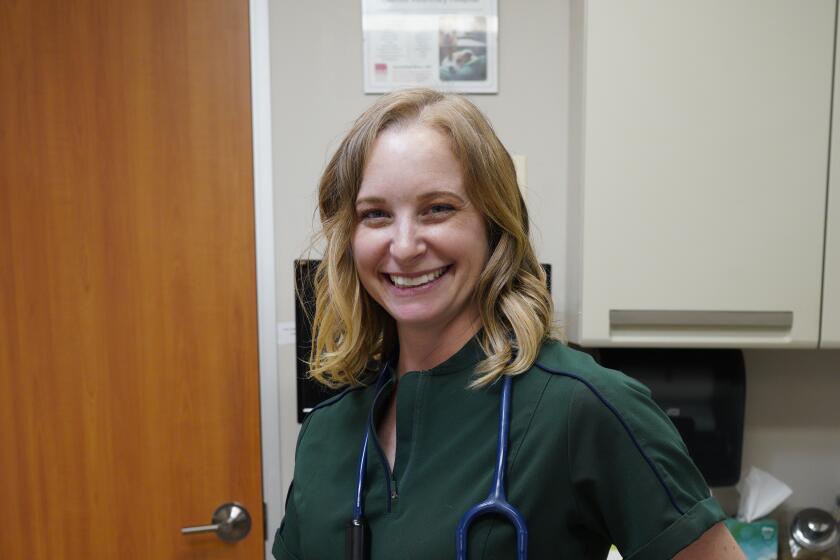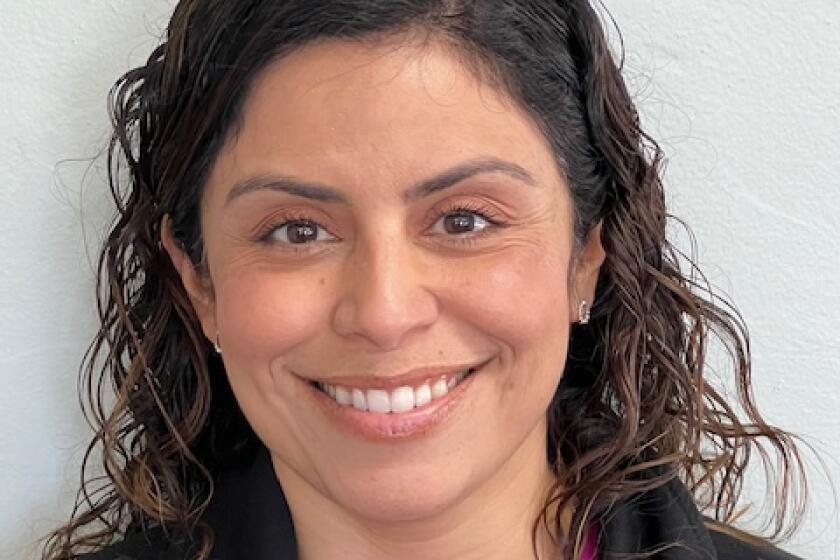Saving Faces
What if an artist sculpted in flesh and bone, and faces were not just the subject, but the medium of the art? That’s how plastic surgeon Steve Cohen views his practice, whether the task is beautifying a profile or rebuilding damaged or disfigured features.
Cohen, 60, medical director of FACES+, a plastic surgery and skin center in La Jolla, splits his time between aesthetic surgery such as face lifts and other cosmetic care, and craniofacial cases involving severe injuries or congenital conditions.
In the latter role, the La Jolla resident has provided free treatment through the organization Fresh Start Surgical Gifts since 1999, performing surgery on children from Romania, Cambodia, Russia, Mexico and throughout the U.S. that have no funding, but require very complex care.
Cohen also paints in his free time and applies that aesthetic sensibility to both his cosmetic and reconstructive surgery. He discusses his approach to creating faces.
Q: How did you decide to become a plastic surgeon?
A: In the simplest of terms, by accident. While completing a fellowship in cardiac surgery at the National Institutes of Health, I saw a PBS program about craniofacial surgery. I was very moved by the changes in appearances that were produced by this new, and at the time radical approach to treating congenital facial deformities.
Q: What is the most challenging facial reconstructive case you’ve handled?
A: The first that comes to mind was a 24-year-old man when I was running the craniofacial program at the University of Michigan. He was in a car accident and sheared off the upper half of his face down to the covering of the brain, but had no injury to the brain itself. He was unrecognizable. After an 18-hour operation, we were able to reconstruct the missing bone, facial skin, nose and eyelids into an almost normal looking young man.
Q: How does your artistic experience inform your plastic surgery work?
A: My work in plastic surgery is integrally related to my art and my need to create beauty and express myself creatively. Making decisions about how to build a nose or move the face forward or the eyes together draws from an artistic sensibility of what looks good. Science is used as a system of checks and balances. I use my artistic judgment to determine when something looks beautiful and in harmony.
Q: What is the key quality you aim for in your results?
A: My goal is to create a natural result that is not detected by close friends or even family members. I am a perfectionist on behalf of my patients, and the way I can achieve my patients’ desires and goals are to listen closely to what they are seeking.
Q: How has plastic surgery changed in the years since you began practicing?
A: With the development of microfixation devices instead of wires for jaw and facial surgery, craniofacial surgical procedures became increasingly complex. My contributions in craniofacial surgery have been aimed at taking these complex procedures and making them simpler, faster and safer. We were the second group in the world to begin doing endoscopic surgery for craniosynostosis, a condition where the sutures of the infant’s skull fuse early and lead to strange head deformities and increased intracranial pressure. My friend and I developed the first internal distraction device, which converted some of our biggest surgeries into faster, more predictable and better outcomes for children with severe deformities.
Q: What is the most valuable lesson you’ve learned as a surgeon?
A: To listen to my patients.
Q: What is the most unique plastic surgery request you’ve received?
A: Requests for feminization or masculinization of the face in transgender patients. I do have many patients that have extremely unique conditions, many of which have never been treated successfully. Recently, I worked with a 6-year-old boy from Ethiopia with uncorrected hydrocephalus and macrocephaly (enlarged skull, so big that just moving the child too quickly could snap his neck from the weight of the skull). We devised a reverse distraction procedure to lower the skull gradually while the child’s intracranial pressure was measured. The child has had a remarkable result. That is what plastic surgery is all about — coming up with an idea that can be applied to something we have never seen.
Q: What’s the best advice you ever received?
A: Follow my own heart and dreams.
Q: What is one thing people would be surprised to find out about you?
A: My teachers from elementary school through high school would likely be surprised I am a doctor. Most folks didn’t know much about learning disabilities when I was in school, so many might be surprised to know I had some form of dyslexia.
Q: Please describe your ideal San Diego weekend.
A: Dinner with my wife and friends Friday night, maybe in Little Italy with a gallery opening first; coffee at Pannikin with my friends and a hike up Soledad, lunch at Caroline’s, Prep Kitchen or George’s at the Cove, upstairs; some painting in the afternoon in my home studio and dinner with our kids and, if my dad was still alive (he died May 17, 2014), with him.
What I love most about La Jolla ...
I love my neighborhood because it is charming and is close to the ocean. We have great views of the water facing west and south. I love to walk up Mt. Soledad to the cross and see the amazing 360-degree view.
Get Essential San Diego, weekday mornings
Get top headlines from the Union-Tribune in your inbox weekday mornings, including top news, local, sports, business, entertainment and opinion.
You may occasionally receive promotional content from the San Diego Union-Tribune.
